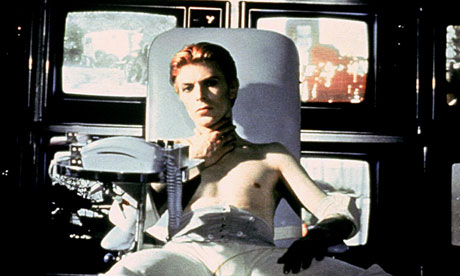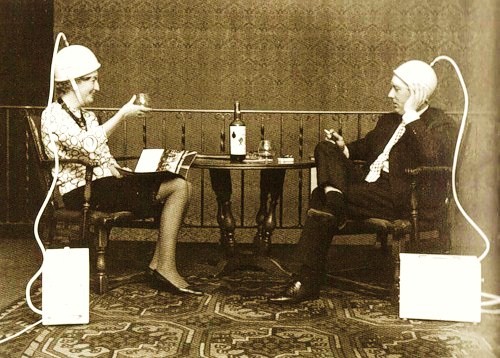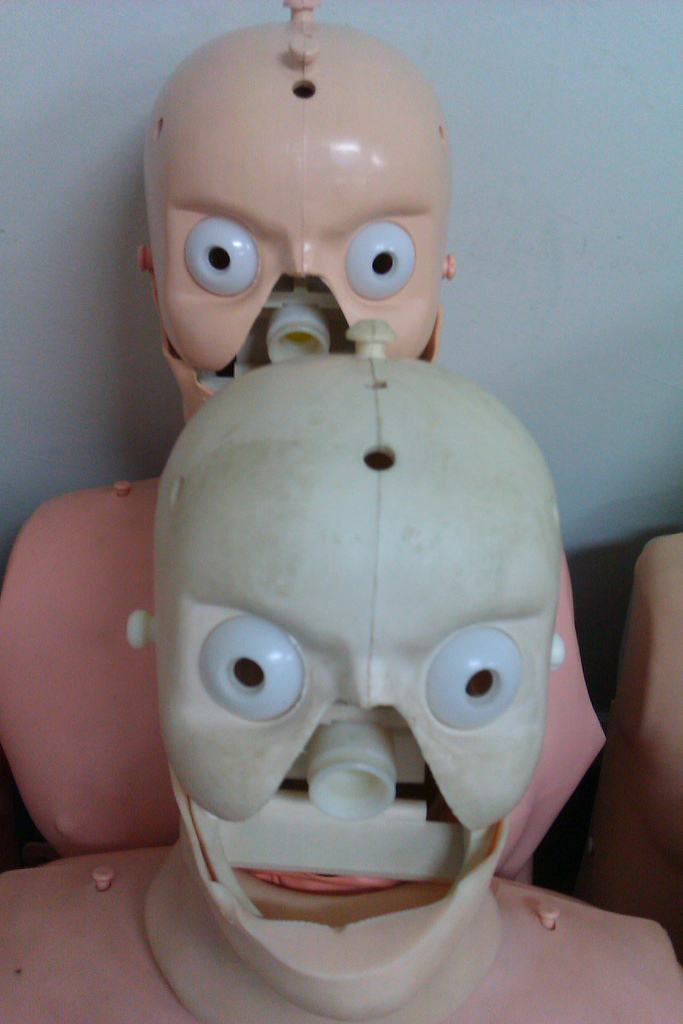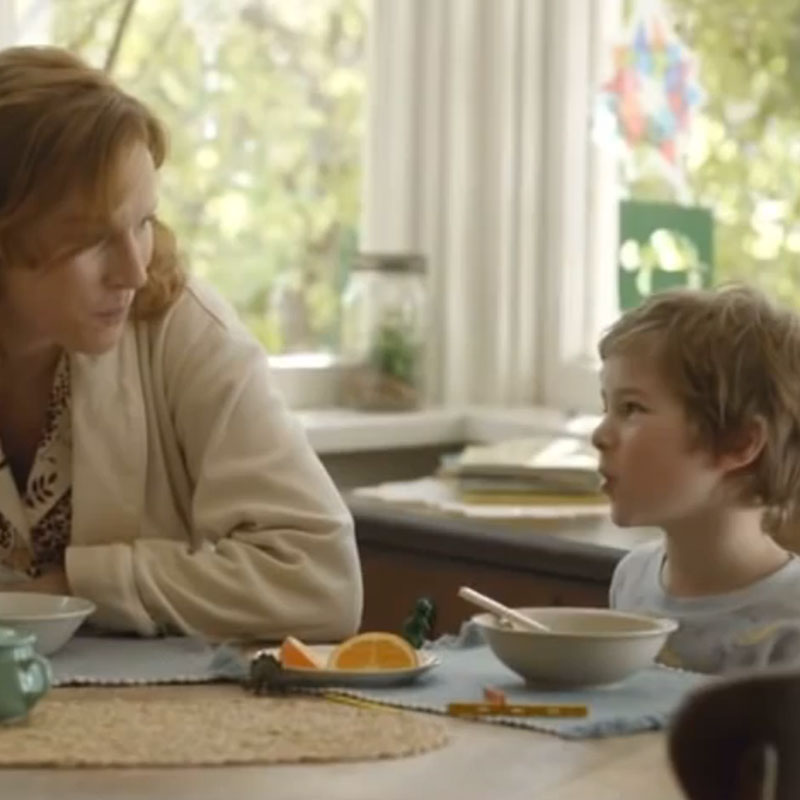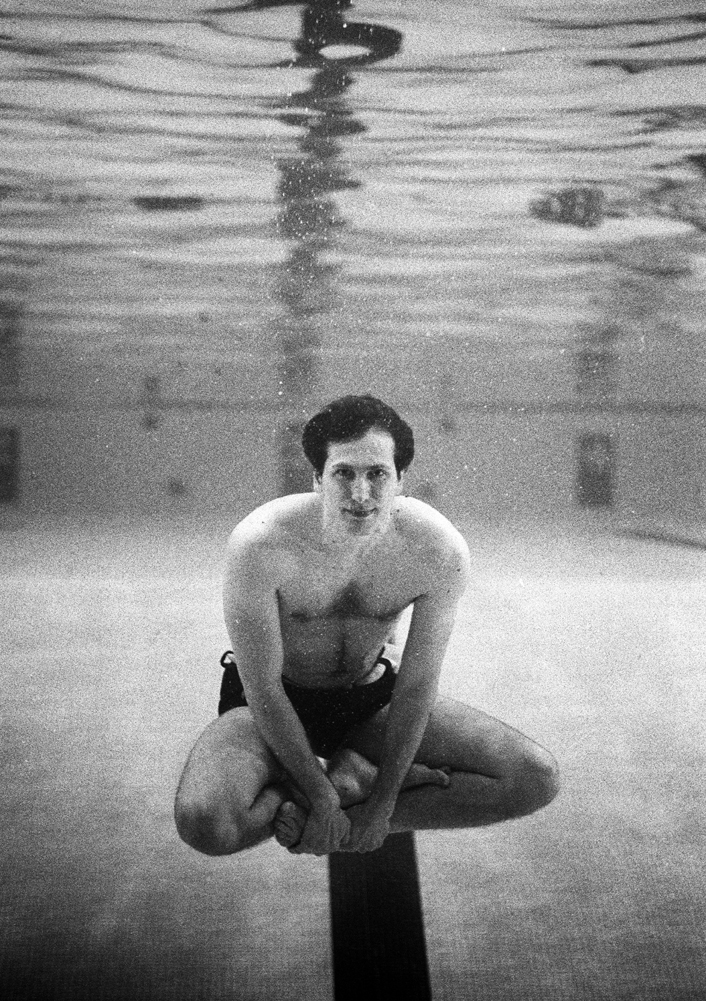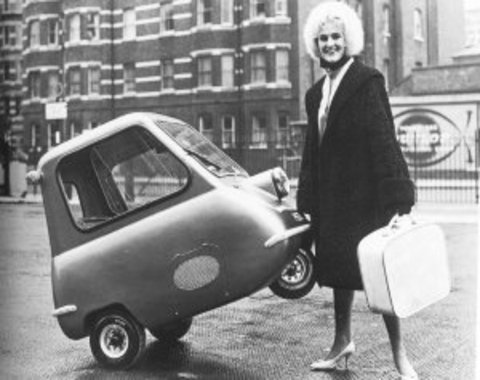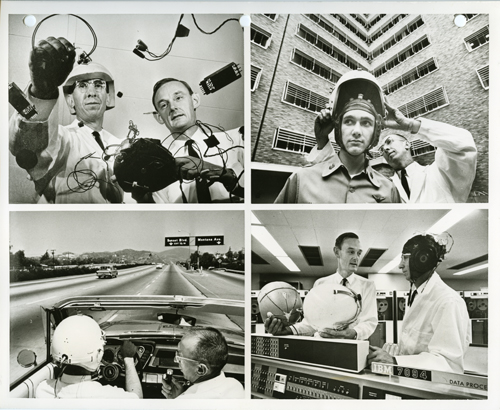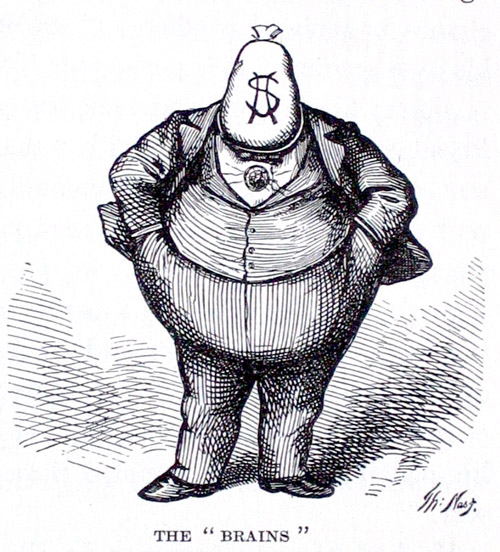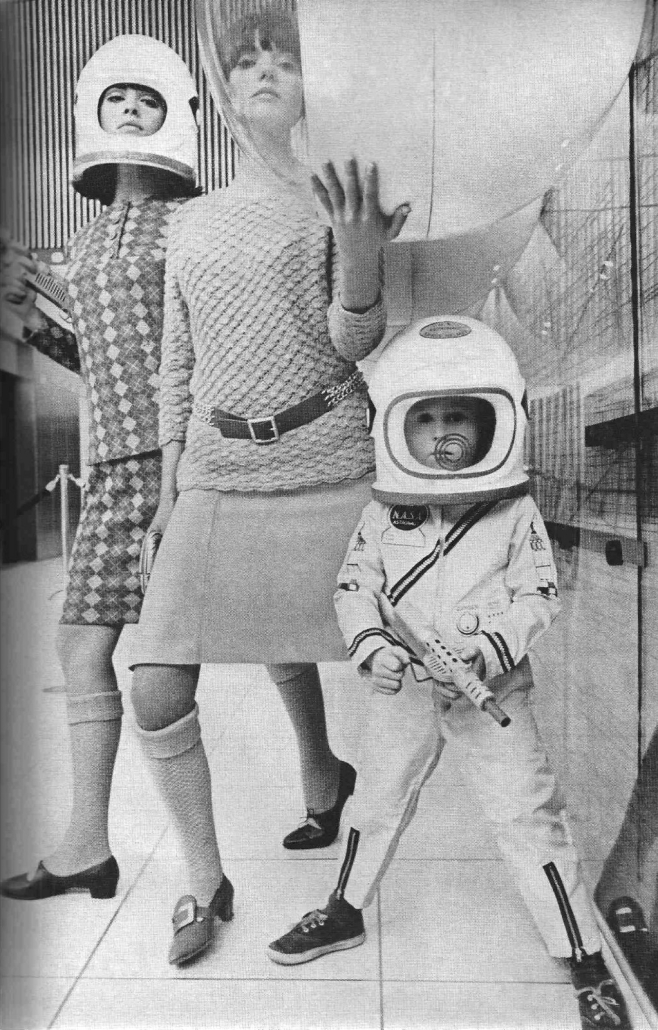You have to wonder what the brand new New York Times Magazine editor Jake Silverstein, who was poached from Texas Monthly, must think of Jill Abramson’s abrupt ouster. He was personally courted for the job by the erstwhile Executive Editor, and the two meshed on a vision for the future of the glossy publication at a time when some believe the periodical-within-a-periodical redundant with what the legendary paper has become in the paper-less age. He moved his family thousands of miles to work for the institution and not just Abramson, but it helps to have an ally at the top of the masthead as Hugo Lindgren, his predecessor, learned when he was removed by Abramson after being tapped by Bill Keller. Because of his high level of talent and because the company’s new lead editor, Dean Baquet, was involved in his hiring, Silverstein will likely be fine, but it goes to show you how crazy the business has become, even at the top, in this worried age of technological disruption. If we were living in an era when newspapers were flush and the Times was profitable, it’s hard to imagine this change would have been made. But all bets are off now. The pressure is immense and the patience short. Even formerly plum jobs are pretty much the pits today, just like the rest of them.
__________________________
From Ken Auletta at the New Yorker blog:
“As with any such upheaval, there’s a history behind it. Several weeks ago, I’m told, Abramson discovered that her pay and her pension benefits as both executive editor and, before that, as managing editor were considerably less than the pay and pension benefits of Bill Keller, the male editor whom she replaced in both jobs. ‘She confronted the top brass,’ one close associate said, and this may have fed into the management’s narrative that she was ‘pushy,’ a characterization that, for many, has an inescapably gendered aspect. [Arthur] Sulzberger is known to believe that the Times, as a financially beleaguered newspaper, needed to retreat on some of its generous pay and pension benefits; Abramson had also been at the Times for far fewer years than Keller, having spent much of her career at the Wall Street Journal, accounting for some of the pension disparity. (I was also told by another friend of hers that the pay gap with Keller has since been closed.) But, to women at an institution that was once sued by its female employees for discriminatory practices, the question brings up ugly memories. Whether Abramson was right or wrong, both sides were left unhappy. A third associate told me, ‘She found out that a former deputy managing editor’—a man—’made more money than she did’ while she was managing editor. ‘She had a lawyer make polite inquiries about the pay and pension disparities, which set them off.’
Sulzberger’s frustration with Abramson was growing. She had already clashed with the company’s C.E.O., Mark Thompson, over native advertising and the perceived intrusion of the business side into the newsroom. Publicly, Thompson and Abramson denied that there was any tension between them, as Sulzberger today declared that there was no church-state—that is, business-editorial—conflict at the Times. A politician who made such implausible claims might merit a front-page story in the Times. The two men and Abramson clearly did not get along.”
__________________________
From David Carr and Ravi Somaiya at the Times:
“The New York Times dismissed Jill Abramson as executive editor on Wednesday, replacing her with Dean Baquet, the managing editor, in an abrupt change of leadership.
Arthur O. Sulzberger Jr., the publisher of the paper and the chairman of The New York Times Company, told a stunned newsroom that had been quickly assembled that he had made the decision because of ‘an issue with management in the newsroom.’
Ms. Abramson, 60, had been in the job only since September 2011. But people in the company briefed on the situation described serious tension in her relationship with Mr. Sulzberger, who had been hearing concerns from employees that she was polarizing and mercurial. They had disagreements even before she was appointed executive editor, and she had also had clashes with Mr. Baquet.
In recent weeks, people briefed on the situation said, Mr. Baquet had become angered over a decision by Ms. Abramson to try to hire an editor from The Guardian, Janine Gibson, and install her alongside him a co-managing editor position without consulting him. It escalated the conflict between them and rose to the attention of Mr. Sulzberger.”






